Better Photographs Blog
"Summary of What's New"
This is where to find my most recently added pages, along with other news and information that will help you to produce better photographs.
If you have not come across Blogs and RSS before, they have many advantages. They enable you to control what you receive, ensure that you never miss the news that you want and you don't have to keep revisiting your favourite websites to keep up to date on the latest information - click here to find out more.
Panorama Photography - The All Around View.
Panorama Photography enables you to capture the total grandeur of the scene that a single wide angle lens setting simply misses.
Continue reading "Panorama Photography - The All Around View."
Travel Photography Masterclass - How to take pictures that inspire the viewer.
Of the few photographers who could present a credible travel photography masterclass, Julian Comrie has a lifetime of experience in taking stunning pictures which is acknowledged at the highest level.
Continue reading "Travel Photography Masterclass - How to take pictures that inspire the viewer."
Great Wildlife Pictures - How to take that Special Photo.
Wish you had taken those great wildlife pictures? Well here's how you can.
Continue reading "Great Wildlife Pictures - How to take that Special Photo."
Close up Photography - Sometimes flash is the only option.
Using flash for close up photography of insects, other invertebrates and flowers in the field.
Continue reading "Close up Photography - Sometimes flash is the only option."
Super Macro Photography - Up Close with Greater Depth.
A Super Macro Photography technique enabling you to achieve greater depth of field when using a wide aperture.
Continue reading "Super Macro Photography - Up Close with Greater Depth."
African Safari - An adventure in South Africa.
A South African Safari offers adventure and many photo opportunities. Here's some advice on how to make the most of it.
Continue reading "African Safari - An adventure in South Africa."
10 Years of Remembering Wildlife ...
|
RPS Nature Group - Cross Fertilisation of Ideas and Techniques
The RPS Nature Group brings together photographers, naturalists and biologists who encourage each other.
Continue reading "RPS Nature Group - Cross Fertilisation of Ideas and Techniques"
The RPS (Royal Photographic Society) - A must for the serious photographer.
You are unlikely to meet an Amateur or Professional Photographer who cannot benefit by being a member of the RPS.
Continue reading "The RPS (Royal Photographic Society) - A must for the serious photographer."
Autumn Photographs - A challenge for your technical abilities.
Taking autumn photographs challenges your photographic abilities and encourages you to be more creative with your perspectives.
Continue reading "Autumn Photographs - A challenge for your technical abilities."
Landscape - A seasonal perspective
The changing seasons can have a profound effect on the landscape and, therefore, photographic techniques.
Places to Photograph - Some of the Best
Most photographers are looking for great places to photograph. This section covers some of the best that we have visited.
Santorini - A Gem in the Greek Cyclades Islands.
Santorini in the Aegean Sea is a photographer's paradise.
Continue reading "Santorini - A Gem in the Greek Cyclades Islands."
New Zealand - A visit to North Island.
New Zealand is a stunning location with photo opportunities wherever you visit.
Helsinki - Blending the New with the Old.
Helsinki doesn't feature on many people's bucket lists of places to photograph. But with its wide range of classical and modern architectural styles, seaside location with adjacent islands, outdoor museums, and busy event calendar, there's lots to see and do. It's very seasonal, and a good base for onward travel to photogenic locations across the Nordic region.
Continue reading "Helsinki - Blending the New with the Old."
The Lake District - No other so exquisitely lovely, no other so charming.
The Lake District - Surely there is no other place in this whole wonderful world quite like Lakeland...no other so exquisitely lovely, no other so charming, no other that calls so insistently across a gulf of distance. All who truly love Lakeland are exiles when away from it.
Continue reading "The Lake District - No other so exquisitely lovely, no other so charming."
Ireland - A great combination of scenic beauty with its rolling green countryside and spectacular coastlines.
Ireland has a great combination of scenic beauty with its rolling green countryside and spectacular coastlines. It also has excellent historic architecture with the many castles, churches and of course, pubs.
Venice - One of the most interesting cities in the world to visit and photograph.
Venice is truly a unique and beautiful place and one of the only cities that can boast having no roads for motorized vehicles in the main portion of the city.
Continue reading "Venice - One of the most interesting cities in the world to visit and photograph."
 |
| Image of the Month |
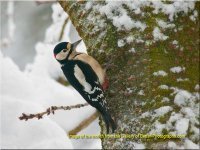 |
| Click here to download it. |
| Find It |

Custom Search
|
| Book of the Month |
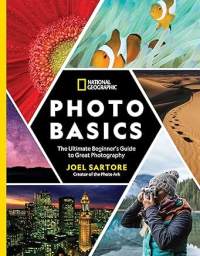 |
| Click here to read the review. |
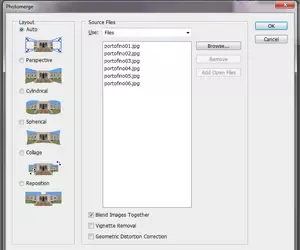
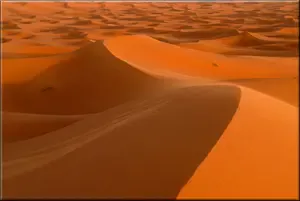

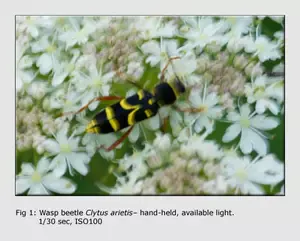
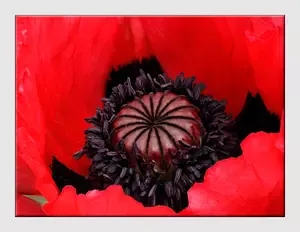
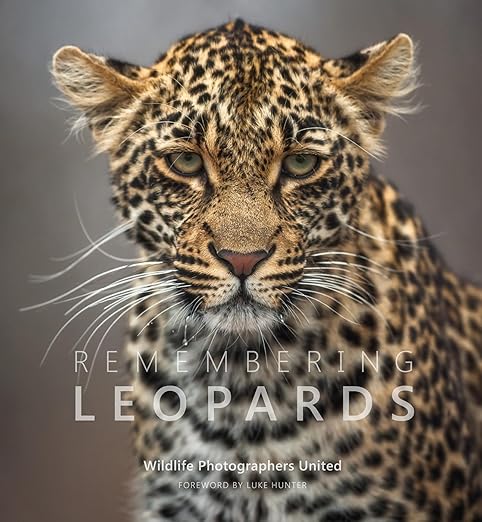
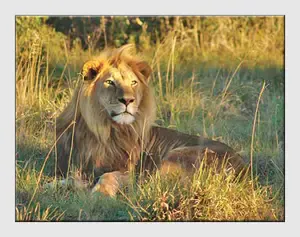

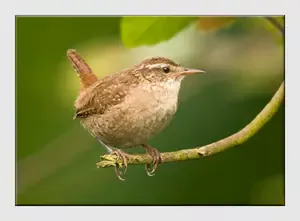
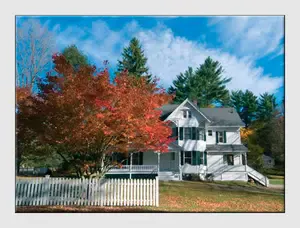
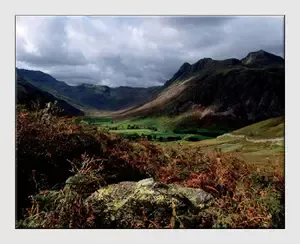
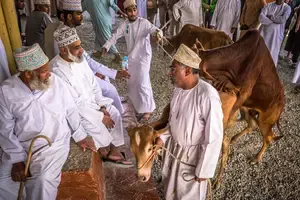


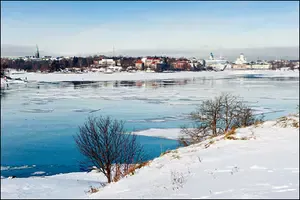







New! Comments
Have your say about what you just read! Leave me a comment in the box below.